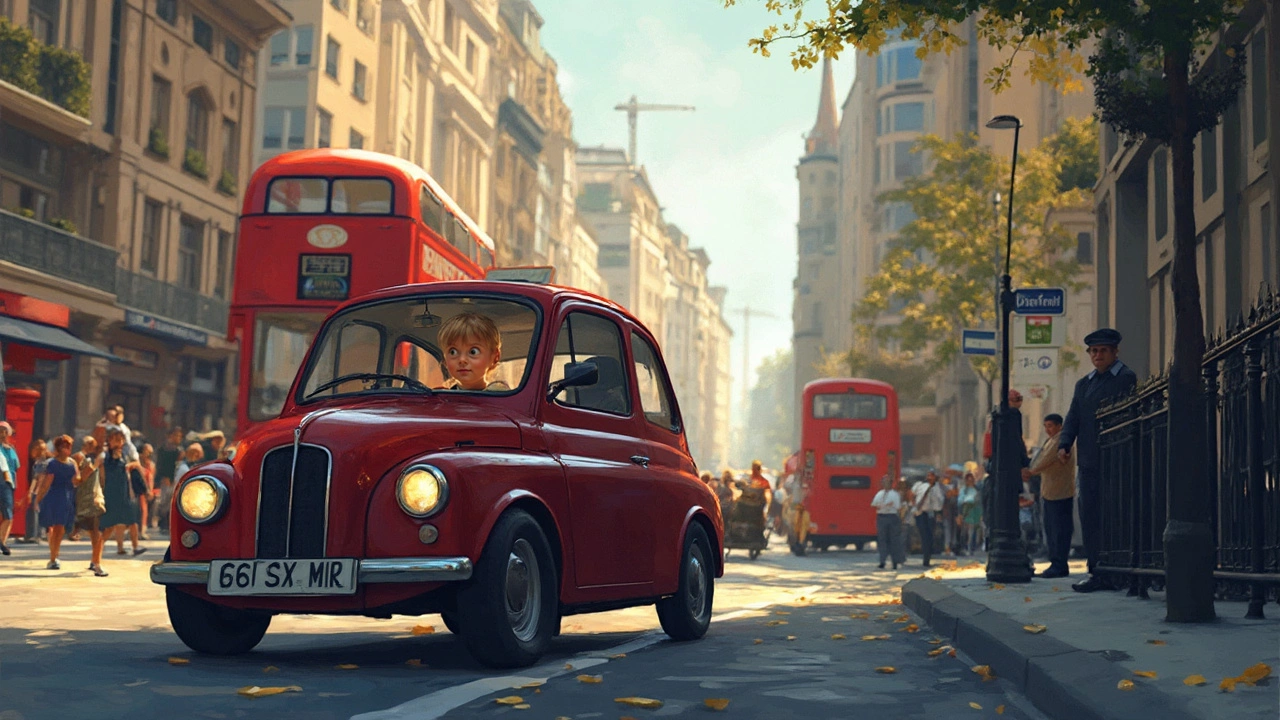Parking Tips for HGV Drivers – Simple, Safe, and Quick
Finding a good spot for a big truck can feel like solving a puzzle. The right moves can save minutes, avoid damage, and keep other road users safe. Below are straightforward tips you can start using right away.
Know Your Vehicle’s Dimensions
Before you even look for a space, check the height, width, and turning radius of your truck. Write these numbers on a sticky note or keep them in the cab’s quick‑access folder. When you see a potential bay, compare the space to your notes. If the clearance is less than a few centimetres, pull back – a small miscalculation can lead to costly scrapes.
Most HGVs have mirrors that can hide blind spots. Adjust them so you can see the rear corners without turning your head too far. A quick mirror check before you start reversing can spot obstacles that the camera might miss.
Use the Right Technique When Reversing
Start by slowing down to a crawl. Put the vehicle in a low gear and keep the clutch engaged if you have a manual transmission. This gives you more control and lets you make tiny corrections.
Turn the steering wheel in the opposite direction of where you want the rear to go. It sounds odd, but it’s how the back end follows. Keep an eye on the side mirrors and use a spotter if there’s someone nearby – a simple “stop” from a co‑driver can prevent a dent.
When you’re close to the curb or a wall, pause and let the truck settle. Small vibrations can cause the vehicle to drift. A short pause lets you reassess and make a final adjustment before the wheels touch the line.
Pick the Best Spot for Your Load
Not all parking bays are created equal. If you’re hauling a tall load, avoid low‑roofed garages. For heavy cargo, choose a flat surface to keep the weight evenly distributed.
Look for spots with enough room to open doors or access the loading area. A cramped space means you’ll have to swing the cab sideways later, which can be a nightmare in busy yards.
When possible, park near the entrance of the site. The shorter the distance you have to travel with a loaded truck, the less chance you have of hitting something on the way out.
Secure Your Vehicle Properly
Once you’re parked, set the handbrake and shift into neutral (or park gear for automatics). This stops the truck from rolling on a slight slope.
If you’re leaving the cab, turn on the parking lights. It signals to other drivers that the vehicle is stationary and helps avoid accidental bumps.
For long stays, consider using wheel chocks. They’re cheap, easy to place, and give extra peace of mind on uneven ground.
Quick Checklist Before You Walk Away
- Mirrors centered and clean?
- Handbrake on and gears in park/neutral?
- Lights off or parking lights on?
- Wheel chocks in place if needed?
- Load secured and doors closed?
Running through this list takes less than a minute and can prevent a costly incident later on.
Parking a big rig doesn’t have to be stressful. With a bit of preparation, the right technique, and a quick safety check, you’ll park like a pro every time.
- February 20 2025
- 0 Comments
- Rowan Cavendish
Is Touching the Curb a Fail? Your Guide to the Driving Test
Worried about touching the curb during your driving test? This article breaks down whether it's considered a fail and offers practical tips to navigate parking maneuvers smoothly. Learn what examiners look for, and how to stay calm under pressure. Get insights into common curb-navigation errors, and find out how to enhance your driving skills before the big day. Avoid unnecessary stress by understanding what really matters in your driving test.
- Driving Lessons (41)
- HGV Training (31)
- Driving Test Tips (31)
- Driving Test Booking (26)
- Driving Licence Renewal (23)
- Driving Theory Test (21)
- Pass Plus Course (15)
- Driving Tips (15)
- Intensive Driving Course (15)
- Driver Licensing (14)
Categories
- December 2025 (12)
- November 2025 (13)
- October 2025 (21)
- September 2025 (5)
- August 2025 (8)
- July 2025 (30)
- June 2025 (30)
- May 2025 (30)
- April 2025 (31)
- March 2025 (30)
- February 2025 (28)
- January 2025 (34)
Archives
- driving lessons
- driving test
- driving tips
- intensive driving course
- driving test tips
- HGV training
- learn to drive
- driving theory test
- driver training
- driving test booking
- pass driving test
- HGV driving
- road safety
- driving license renewal
- Virginia driving test
- learner drivers
- safe driving
- Virginia driver's license
- driving license
- learning to drive

